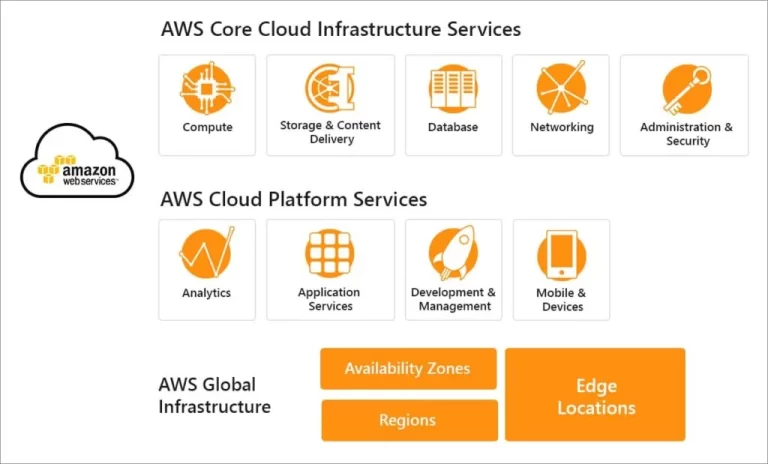What is Amazon Web Services (AWS)?
Amazon Web Services (AWS) is a cloud computing platform provided by Amazon. It offers a mix of different types of services:
- Infrastructure as a Service (IaaS)
- Platform as a Service (PaaS)
- Software as a Service (SaaS)
AWS offers over 200 fully-featured services from data centers globally. It has more services and features within those services than any other cloud provider. These services range from basic infrastructure technologies like compute power, storage, and databases, to emerging technologies like machine learning, artificial intelligence, data lakes, and Internet of Things.
AWS is designed to be very flexible and secure. Its core infrastructure is built to satisfy the security requirements of the military, global banks, and other high-sensitivity organizations.
AWS allows you to leverage the latest technologies to experiment and innovate more quickly. For example, AWS pioneered the serverless computing space with the launch of AWS Lambda, in which developers run their code without provisioning or managing servers. AWS also built Amazon SageMaker, a fully managed machine learning service that empowers everyday developers and scientists to use machine learning without any previous experience.
Why AWS is Important?
Amazon Web Services, or AWS, is a significant player in the tech world due to its comprehensive and flexible cloud computing services. It’s a cost-effective solution for businesses, as it operates on a pay-as-you-go model, eliminating the need for upfront capital infrastructure expenses.
AWS offers a broad range of services, including storage, serverless computing, content delivery, and computing power. This flexibility allows businesses to choose the resources and services that best fit their needs.
One of the key advantages of AWS is its scalability. Services can be scaled up or down based on demand, allowing organizations to adjust their capacity as needed.
In terms of performance, AWS provides a reliable and high-performing infrastructure platform in the cloud. It also prioritizes security, offering robust features to protect privacy and ensure compliance.
Finally, AWS fosters innovation and speed by allowing businesses to focus on their core operations rather than managing IT infrastructure.
As the leading cloud computing platform, AWS is a key driver of growth and digital transformation for many businesses. It powers hundreds of thousands of businesses in more than 190 countries and accounts for about 13% of Amazon’s total revenue as of Q2FY21. This makes AWS not just important, but essential in today’s digital landscape.
How does AWS Work?
Amazon Web Services, or AWS, is a cloud computing platform that provides businesses with a variety of services including server space, storage, and networking on an on-demand basis. It offers over 200 fully featured services from data centers located all around the globe.
At its core, AWS provides infrastructure technologies such as compute power, storage, and databases. This allows businesses to move their existing applications to the cloud quickly, easily, and cost-effectively. It also provides a platform for building almost anything you can imagine.
In addition to these foundational services, AWS also offers emerging technologies like machine learning, artificial intelligence, data lakes and analytics, and the Internet of Things. These cutting-edge technologies allow businesses to experiment and innovate more quickly.
One of the key strengths of AWS is its security. It’s designed to be the most flexible and secure cloud computing environment available today, meeting the security requirements of the military, global banks, and other high-sensitivity organizations.
Another advantage of AWS is its operational expertise. It has unmatched experience, maturity, reliability, security, and performance that businesses can rely on for their most important applications.
Finally, AWS operates on a pay-as-you-go model. This means that businesses only pay for their services, and fees are based on a combination of usage, hardware, operating system, software, or networking features chosen by the subscriber.
AWS is known for its security, reliability, and flexibility, making it a popular choice for organizations that need to store and process sensitive data. By using AWS, businesses can deploy applications and services quickly and easily, scale their infrastructure needs up or down as needed, and only pay for the services they use.
AWS Benefits
AWS provides numerous services that are cost-effective, scalable, and flexible. These services include computing power, storage options, networking, and databases tailored for developers, enterprises, and organizations, enabling them to have fast and reliable access to the resources they need to build and run their businesses effectively and innovatively. AWS’s global reach, security, and easy-to-use features make it a popular choice for businesses looking to optimize their IT infrastructure and operational costs.
Cost-Effective: AWS operates on a pay-as-you-go model. This means you only pay for the services you use and how much you use them, without needing to make long-term commitments. This can significantly reduce costs for businesses.
Scalable and High-Performance: AWS provides tools that allow your application to scale up or down based on demand. This means if your application gets more traffic, AWS can automatically allocate more resources to ensure smooth performance.
Flexible: AWS supports many different operating systems, programming languages, databases, and other services. This means you can choose the tools and services that best meet your needs.
Reliable: AWS has a long track record of reliability and uptime. It uses multiple data centers around the world, which ensures your applications remain available even if one data center experiences a problem.
Secure: AWS has robust security measures in place, including physical security in data centers, operational security processes, and software security features. This helps protect your data and applications from threats.
Easy to Use: AWS is designed to be user-friendly, allowing you to quickly and securely host your applications.
Global Reach: AWS has data centers around the world, allowing you to deploy your applications in different regions to better serve your customers.
Increased Speed and Agility: With AWS, you can quickly get access to IT resources as needed. This means you can reduce the time it takes to make those resources available to your developers, which can speed up development cycles.
Focus on Business Differentiation: By using AWS, you can spend less time on IT infrastructure and more time on projects that differentiate your business. This can help you innovate and grow your business.
Drawbacks of AWS
Amazon Web Services (AWS) is a widely used cloud platform, but like any technology, it has its drawbacks. Here are some of the disadvantages of using AWS:
Limitations of Amazon EC2: AWS sets default limits on resources per region. This means that you can only launch a certain number of instances (virtual servers) in a specific geographical area. If you need more resources, you must request an increase in these limits from AWS.
Security Limitations: AWS has certain security features that are fixed and cannot be modified. For instance, in Amazon’s Virtual Private Cloud (VPC), you can only create up to 100 security groups (which control inbound and outbound traffic) per VPC.
Technical Support Fee: While AWS provides a basic level of tech support for free, they charge for more immediate or comprehensive support. The cost varies depending on your support plan: Developer, Business, or Enterprise.
General Cloud Computing Issues: Like any cloud service, AWS can sometimes experience downtime, which could affect your services. Also, since your infrastructure is on the cloud, you have limited control compared to a traditional on-premises setup. Lastly, while AWS does provide backup options, you are responsible for setting up and managing your backups.
Complex Billing and Cost Management: AWS offers a wide range of services, each with its own pricing. This can make your bill complex to understand and manage, especially if you use a lot of services or have heavy usage.
Potential Data Transfer Costs: AWS may charge you for data transfer between their data centers (regions). If your architecture involves transferring data between regions, you could incur additional costs.
Learning Curve: AWS offers a vast array of services and features, which can make it complex to learn and configure, especially for beginners or those with specific, complex requirements.
Remember, while these are potential drawbacks, many can be mitigated with proper planning, understanding of the platform, and usage of AWS’s extensive documentation and resources. It’s also worth noting that the benefits of using AWS often outweigh these drawbacks for many users and use cases.
AWS Pricing Models
Amazon Web Services (AWS) offers several pricing models for its services:
Pay-as-you-go: This is a flexible pricing model where you only pay for the services you use, and only for the duration you use them. It’s similar to how utilities like electricity work. You don’t need to make any upfront payment or commit to any long-term contracts. This model is beneficial for testing new ideas or for businesses with unpredictable workloads.
Save when you commit: If you can predict your usage, AWS offers a discount for committing to a one- or three-year term. This is beneficial for businesses with predictable workloads.
Pay less by using more: Some AWS services offer volume-based discounts. The more you use, the less you pay per unit. This is beneficial for businesses with high usage levels.
On-Demand Instances: These are EC2 instances that you pay for by the hour or second, with no long-term commitments. This is beneficial for businesses with short-term, spiky, or unpredictable workloads that cannot be interrupted.
Savings Plans: This is a pricing model that offers significant savings over On-Demand pricing. You commit to using a specific dollar amount per hour, for a one- or three-year term. This is beneficial for businesses with a steady state or predictable usage.
Spot Instances: These are unused EC2 instances that are available for less than the On-Demand price. Your Spot Instance runs whenever capacity is available and the maximum price per hour that you specified exceeds the current Spot Price. This is beneficial for businesses with flexible start and end times, or applications that are only feasible at very low compute prices.
Reserved Instances: These provide a significant discount (up to 75%) compared to On-Demand instance pricing, in exchange for a one-time payment and a one- or three-year term commitment. This is beneficial for businesses with steady-state usage.
Dedicated Hosts: These are physical EC2 servers dedicated for your use. Dedicated Hosts can help you reduce costs by allowing you to use your existing server-bound software licenses, including Windows Server, SQL Server, and SUSE Linux Enterprise Server (subject to your license terms), and can also help you meet compliance requirements.
The AWS Pricing Calculator can help you estimate your costs. It is always a good idea to review the details of each pricing model to understand which one is the best fit for your needs. It’s also important to note that prices may vary by region, so it’s a good idea to check the pricing for your specific region.
Competitors of AWS
Microsoft Azure
Microsoft Azure and Amazon Web Services (AWS) are two leading players in the cloud service market. They both offer a wide range of services, including those for AI and machine learning, big data and analytics, and more. For example, Azure’s Machine Learning service is comparable to AWS’s SageMaker, and Azure’s Bot Framework is similar to AWS’s Alexa Skills Kit.
Interestingly, many organizations choose to use both platforms together for greater choice and flexibility, as well as to spread their risk and dependencies with a multi-cloud approach.
When it comes to pricing, Azure often comes out as the more cost-effective option, especially for Windows Server and SQL Server workloads. Azure also offers pricing options that help maximize the return on your cloud investment.
In terms of performance, Azure often provides superior performance at a lower cost for modernized workloads. For instance, Azure SQL Managed Instance outperformed AWS RDS across three different benchmarks.
If you’re already using Microsoft products, Azure can provide more value from your existing investment. You can use your existing Windows Server and SQL Server core licenses with Software Assurance or a subscription to save costs on Azure resources.
In terms of global infrastructure and compliance, Azure serves over 60 regions worldwide, more than any other cloud provider. It also has more than 100 compliance certifications.
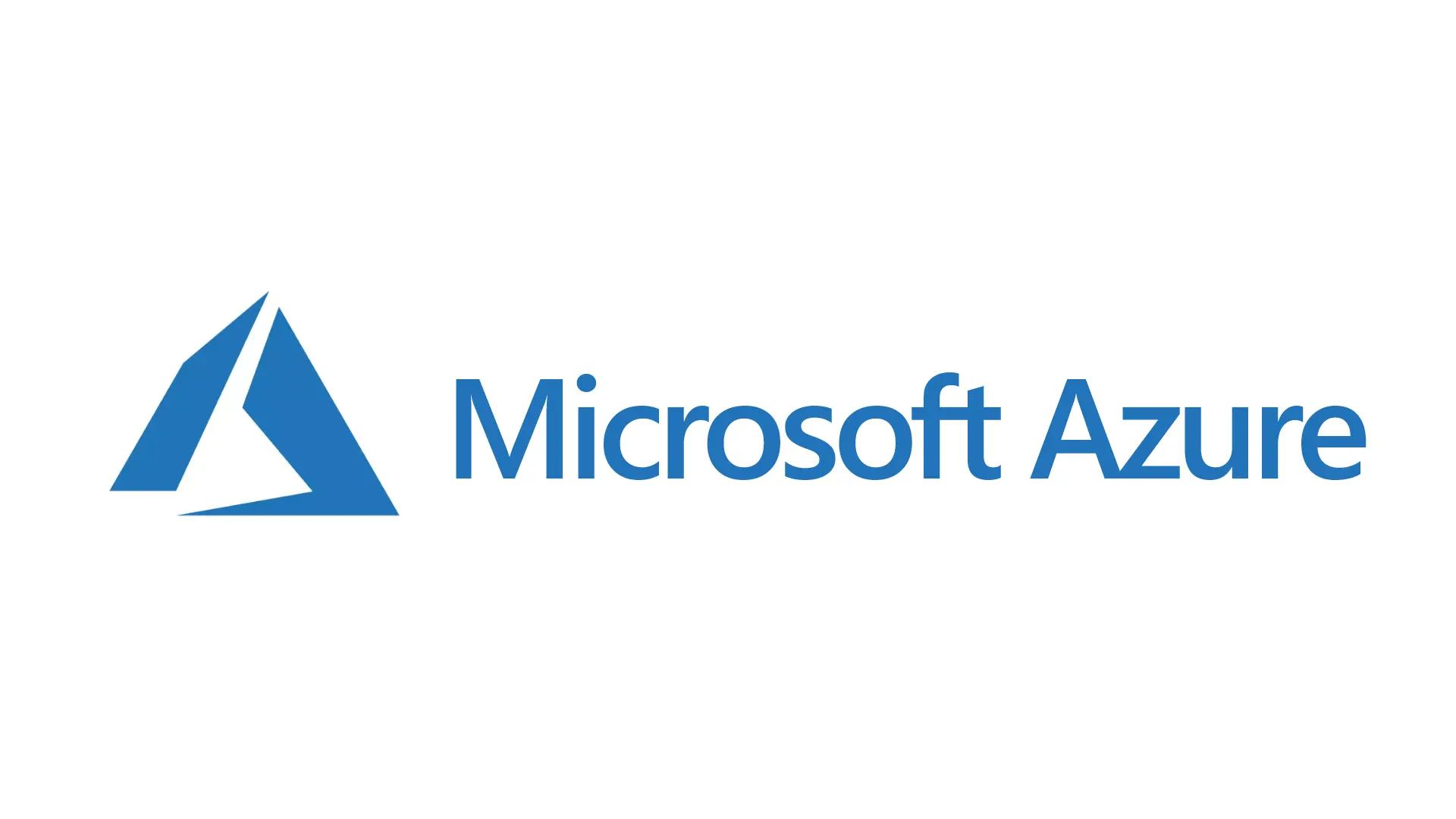
Google Cloud Platform (GCP)
Google Cloud Platform (GCP) and Amazon Web Services (AWS) are two major players in the cloud services market. They offer a variety of services, with GCP’s Cloud Build and Google Cloud Deploy being comparable to AWS’s CodeBuild, CodeDeploy, and CodePipeline for app modernization.
When it comes to pricing, both platforms have different schemes. AWS offers Reserved Instances, while GCP provides Committed Use Discounts.
In terms of performance and scalability, both GCP and AWS have solutions. GCP uses Auto Scaling, and AWS has Elastic Load Balancing.
Security and compliance are also well-handled by both platforms. They offer extensive measures such as data encryption and access management to protect and regulate data.
Lastly, for multi-cloud and hybrid cloud capabilities, GCP’s Anthos provides a platform for building, deploying, and managing applications anywhere in a secure, consistent manner. This competes with AWS services like Outposts and Amazon EKS Anywhere.

IBM Cloud
Amazon Web Services (AWS), developed by Amazon, is a comprehensive cloud services platform offering over 200 data center services globally. Its core services include Amazon EC2 for virtual servers, Amazon S3 for scalable cloud storage, and Amazon RDS for relational database services, among others.
On the other hand, IBM Cloud is a cloud services platform from IBM that combines Platform-as-a-Service (PaaS), Infrastructure-as-a-Service (IaaS), Software-as-a-Service (SaaS), and Function-as-a-Service (FaaS) in a catalog of over 170 services. It offers core services like bare metal servers, virtual private cloud, virtual servers, and IBM Cloud Functions. IBM Cloud is known for its customization of services for each customer, including bare metal or virtual options, and different processors.
When comparing the two, both platforms offer server options. IBM Cloud allows you to customize virtual servers to the demands of your business, including memory and compute types. AWS EC2, on the other hand, allows the creation of virtual machines within the cloud. In terms of storage, IBM Cloud Object Storage is a service for companies that want flexibility and scalability in storing. For databases, IBM Database is a service that offers a variety of database options.
IBM Cloud is recognized for its flexibility with open-source technology, its global footprint, and its low prices. It offers a unique combination of benefits, including the flexibility of open-source technology, a global footprint, and low prices. With technologies such as Red Hat® OpenShift®, IBM Cloud Satellite™, and IBM Cloud Paks®, you can use IBM Cloud and AWS together.

Oracle Cloud
When it comes to service offerings, OCI stands out with unique services like Oracle Real Application Clusters (RAC), Oracle Autonomous Database, and Oracle Exadata Cloud Service. On the other hand, AWS offers a broad range of services across various domains such as compute, storage, database, analytics, networking, mobile, developer tools, management tools, IoT, security, and enterprise applications.
Both OCI and AWS offer on-premises deployment options. OCI provides the option to consume their cloud services in the public cloud or within their own data center with Oracle Dedicated Region Cloud@Customer. Similarly, AWS offers AWS Outposts for on-premises deployment.
Regarding migration and workload management, OCI allows customers to migrate and run any workload as is on Oracle Cloud, including Oracle databases and applications, VMware, or bare metal servers. AWS also provides various options for migration and has a wide range of instance types to cater to different workload needs.
Security is a priority for both OCI and AWS. They offer a variety of features to help customers implement security controls and automation to prevent misconfiguration errors and implement security best practices.
Cost is another important factor. OCI claims to provide better performance at a significantly lower cost than AWS. However, the actual cost can vary depending on the specific use case and resource utilization.
Lastly, when it comes to Service Level Agreements (SLAs), OCI provides end-to-end SLAs covering performance, availability, and manageability of services. AWS also provides SLAs for its services, but they may vary by service.

Alibaba Cloud
Amazon Web Services (AWS), established in 2006, is a global leader in the cloud services market. It has a wide range of services and a large community due to its early entry into the market. On the other hand, Alibaba Cloud, which was established in 2009, initially focused on the Chinese market before expanding globally. Despite AWS’s global leadership, Alibaba Cloud is the market leader in China.
When it comes to services, both AWS and Alibaba Cloud offer a comprehensive suite of cloud services, including CDN services to increase the speed of websites and applications. However, AWS enjoys a larger community and brand value due to its early market entry.
Pricing between the two can vary and is often dependent on the specific types of instances used. For instance, a Linux-based instance with 1 CPU core and 2 GB of RAM costs $19 per month with a monthly subscription to Alibaba Cloud.
In terms of customer ratings, AWS has a slightly higher rating of 4.5 stars with 3592 reviews, compared to Alibaba Cloud’s rating of 4.3 stars with 116 reviews, according to Gartner.
In conclusion, while AWS is the global leader, Alibaba Cloud is making aggressive strides in the global market.

VMware Cloud
VMware Cloud on AWS and AWS are both robust cloud platforms, each with their unique strengths. VMware Cloud on AWS is a managed service where VMware manages the environment for you, while AWS offers a broad range of services to organizations of all sizes, helping them migrate to the cloud confidently.
Both platforms include vSphere, vSAN, NSX-T, and vCenter. However, for Site Recovery Manager (SRM), AWS allows you to subscribe separately, while VMware Cloud on AWS includes it.
In terms of access and management, VMware has full system access in VMware Cloud on AWS and manages the environment for you. On the other hand, AWS provides customers with the ability to understand which workloads are suitable for migration and gives insight into the Total Cost of Ownership (TCO) of the migration.
As of January 2022, VMware Cloud on AWS is available in 18 regions, while AWS is available globally. Both platforms support application migration. However, AWS supports server migration, while VMware Cloud on AWS does not.
When it comes to virtual desktop deployment, VMware Cloud on AWS supports it, while AWS does not. Both platforms support refactoring. VMware Cloud on AWS supports business continuity and disaster protection, while AWS does not. Lastly, VMware Cloud on AWS supports workload rebalancing, while AWS does not.
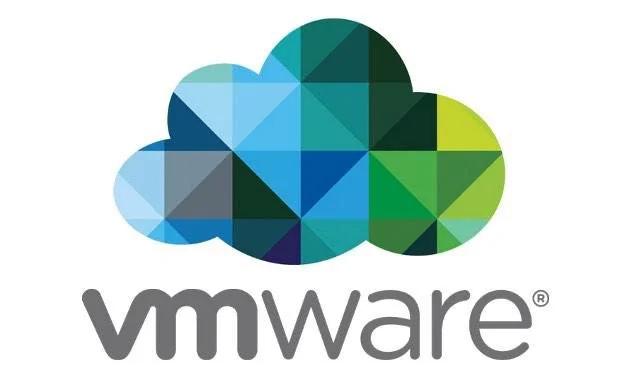
Dell Technologies Cloud
Dell Technologies Cloud and Amazon Web Services (AWS) are both major players in the cloud computing market. They each have their own strengths and cater to different audiences. AWS is highly rated with 4.5 stars based on 3591 reviews, while Dell Technologies has a rating of 4.1 stars from 11 reviews.
AWS is renowned for its scalability, extensive range of services, and security features. It offers over 200 services and has a larger global infrastructure, which allows for better performance and reliability. AWS caters to businesses of all sizes, from startups to large corporations, and users appreciate its functionality and high availability. It also has better integration with other types of systems.
On the other hand, Dell Cloud is designed for businesses that require greater control over their data and infrastructure. It offers a range of cloud computing services specifically tailored for Dell hardware. Dell Cloud primarily targets enterprise customers and its most valuable feature is its stability. However, it has comparatively lower integration with other systems.
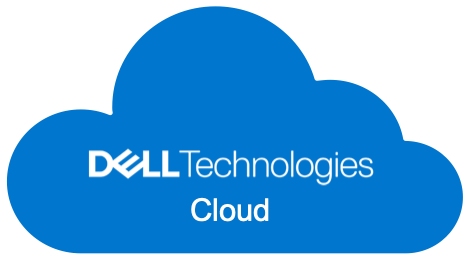
AWS History
AWS is a subsidiary of Amazon that provides cloud computing platforms and APIs. It operates on a pay-as-you-go basis, meaning you only pay for the services you use. AWS was started in the early 2000s during the development of Amazon’s e-commerce platform, Merchant.com, for large retailers. During this process, they realized the need for better code decoupling and cleaner interfaces.
Amazon launched its web services in 2002, and its cloud computing services in 2006. The first services were Amazon Simple Queue Service (Amazon SQS), Amazon S3, and Amazon EC2. These services laid the foundation for AWS’s growth in cloud computing. AWS expanded its operations to a second region in the United States, Northern California. They also introduced EC2 Spot Instances, allowing users to bid for EC2 instances at their preferred price.
As of 2022, AWS had a revenue of $80 billion. In terms of market share for cloud infrastructure, AWS held 33%, while its competitors, Microsoft Azure, and Google Cloud, held 21% and 10% respectively.
AWS started as an internal project within Amazon to improve its own infrastructure. Over time, it evolved into a separate subsidiary that provides cloud computing services to individuals, companies, and governments. It has grown significantly since its launch and has introduced several innovative services along the way. It is a great example of how a company can transform an internal project into a successful global service.
AWS Services
Amazon Web Services (AWS) offers a broad set of global cloud-based products that help organizations move faster, lower costs, and scale. Here are some of the top AWS services:
Amazon EC2
Amazon EC2 provides a variety of instance types optimized to fit different use cases. Instances are virtual servers that can run applications. They come in various hardware configurations and include an operating system. You can choose from many instance types to get the optimal combination of resources (CPU, memory, storage, and networking capacity) for your applications.

Amazon S3
Amazon S3 is designed to store and retrieve any amount of data from anywhere on the web. It is a simple storage service that offers an extremely durable, highly available, and infinitely scalable data storage infrastructure at very low costs. S3 is often used for backup and restore, disaster recovery, archive, data lakes & big data analytics, hybrid cloud storage, and content distribution.

Amazon RDS
Amazon RDS is a managed service that makes it easy to set up, operate, and scale a relational database in the cloud. It provides cost-efficient, resizable capacity for an industry-standard relational database and manages common database administration tasks. It supports six commonly used database engines: Amazon Aurora, PostgreSQL, MySQL, MariaDB, Oracle, and SQL Server.
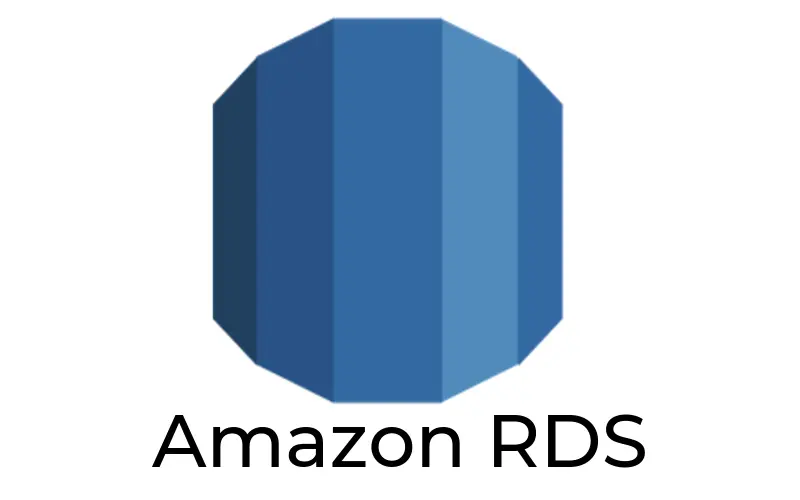
Amazon VPC & Amazon CloudFront
Amazon VPC lets you provision a logically isolated section of the AWS cloud where you can launch AWS resources in a virtual network that you define. You have complete control over your virtual networking environment, including selection of your own IP address range, creation of subnets, and configuration of route tables and network gateways.
Amazon CloudFront is a fast content delivery network (CDN) service that securely delivers data, videos, applications, and APIs to customers globally with low latency, and high transfer speeds, all within a developer-friendly environment.

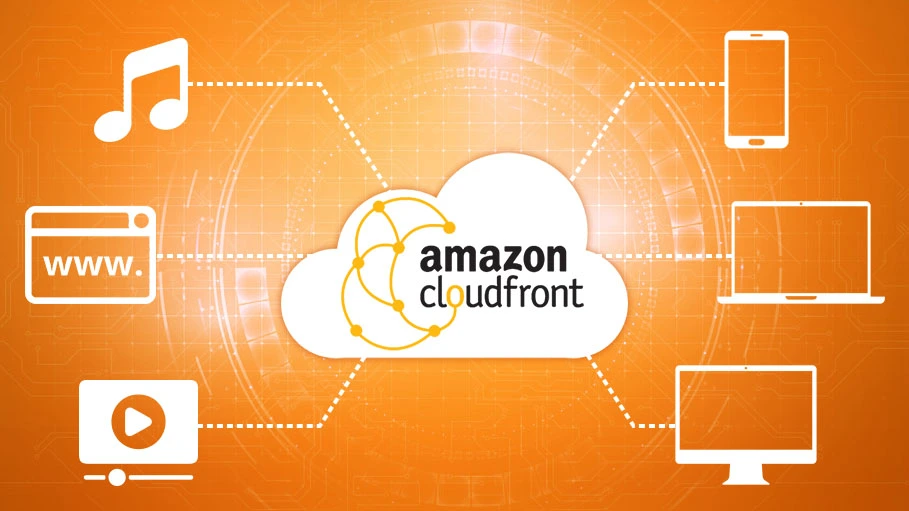
Amazon Redshift & Amazon Kinesis
Amazon Redshift is a fast, fully managed, petabyte-scale data warehouse that makes it simple and cost-effective to analyze all your data using existing business intelligence tools.
Amazon Kinesis makes it easy to collect, process, analyze real-time, streaming data so you can get timely insights and react quickly to new information. It offers key capabilities to cost-effectively process streaming data at any scale, along with the flexibility to choose the tools that best suit the requirements of your application.
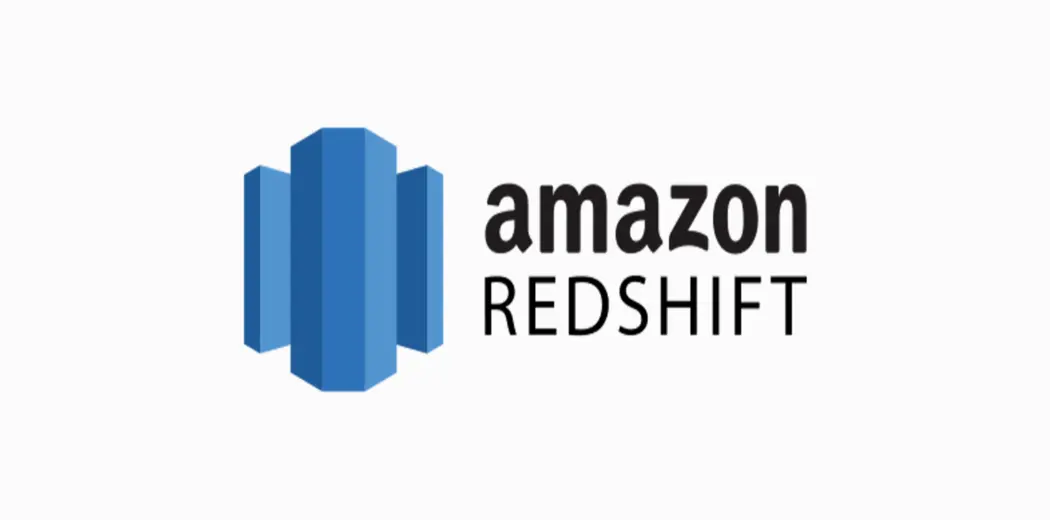
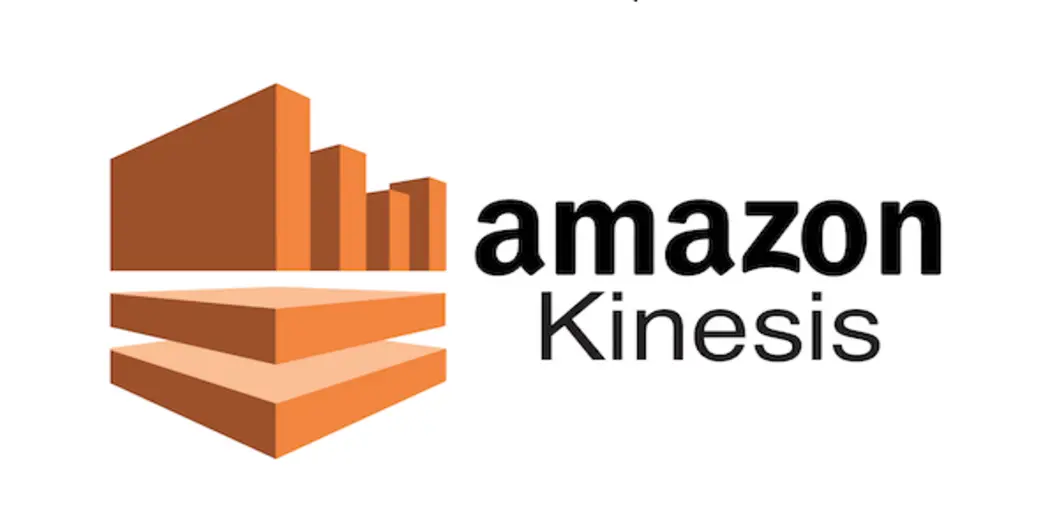
Amazon SageMaker & Amazon Lex
Amazon SageMaker is a fully managed service that provides every developer and data scientist with the ability to build, train, and deploy machine learning models quickly. Amazon Lex is a service for building conversational interfaces into any application using voice and text.
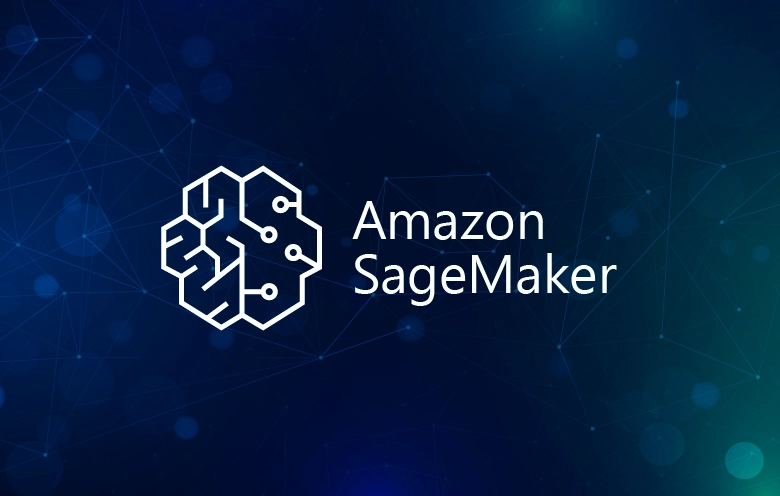

AWS IAM (Identity and Access Management)
AWS Identity and Access Management (IAM) enables you to manage access to AWS services and resources securely. Using IAM, you can create and manage AWS users and groups, and use permissions to allow and deny their access to AWS resources.
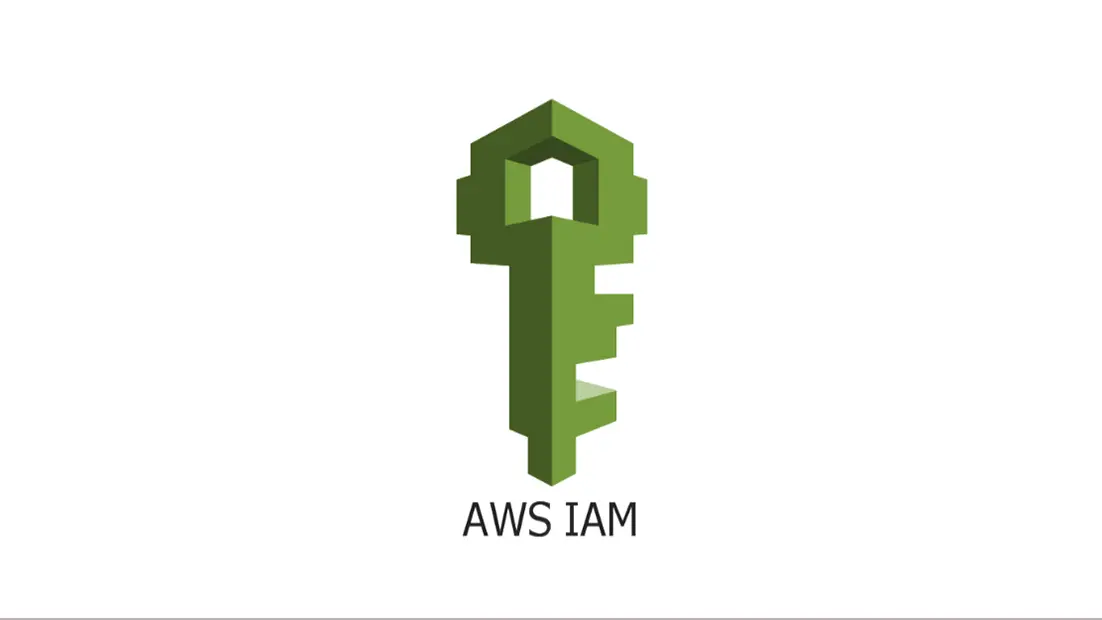
Amazon Connect
A self-service, cloud-based contact center service that allows businesses to deliver superior customer service at a lower cost. It provides a seamless experience across voice and chat for your customers and agents. This includes one set of tools for skills-based routing, powerful real-time and historical analytics, and easy-to-use intuitive management tools – all with pay-as-you-go pricing.
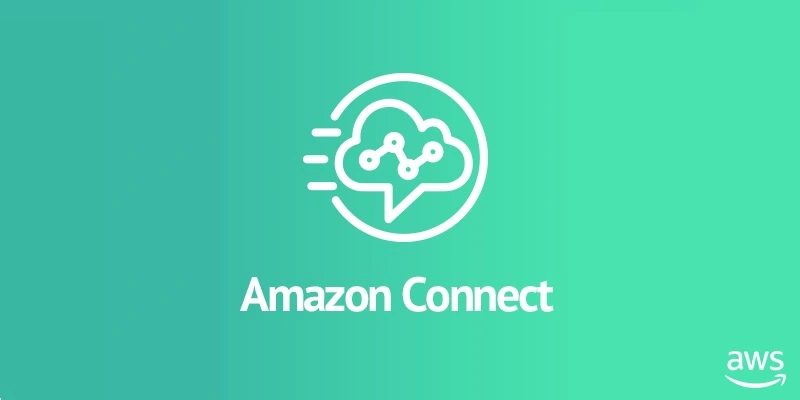
AWS Lambda
A serverless computing service that lets you run your code without provisioning or managing servers. You can run code for virtually any type of application or backend service – all with zero administration. AWS Lambda automatically scales your application by running code in response to each trigger.

Amazon Cognito
Provides authentication, authorization, and user management for your web and mobile apps. Your users can sign in directly with a username and password, or through a third party such as Facebook, Amazon, Google, or Apple.
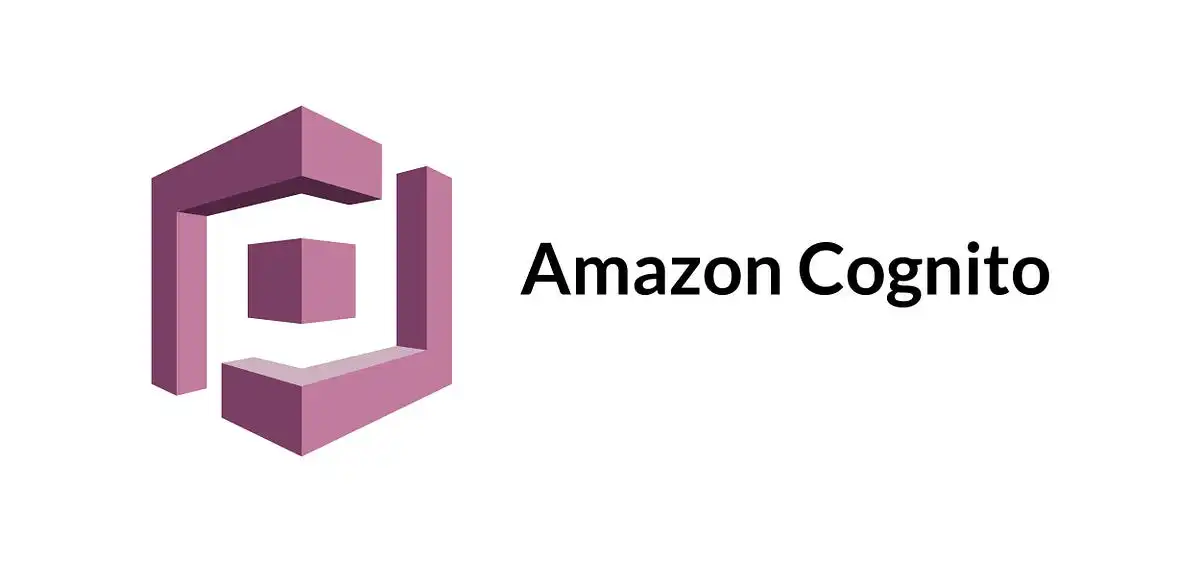
Amazon Glacier
A secure, durable, and extremely low-cost cloud storage service for data archiving and long-term backup. It is designed to deliver 99.999999999% durability and provides comprehensive security and compliance capabilities that can help meet even the most stringent regulatory requirements.
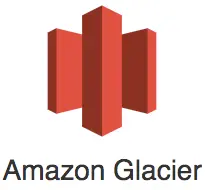
Amazon GlacierAmazon SNS (Simple Notification Service
A fully managed pub/sub messaging service that makes it easy to decouple and scale microservices, distributed systems, and serverless applications. SNS provides topics for high-throughput, push-based, many-to-many messaging.
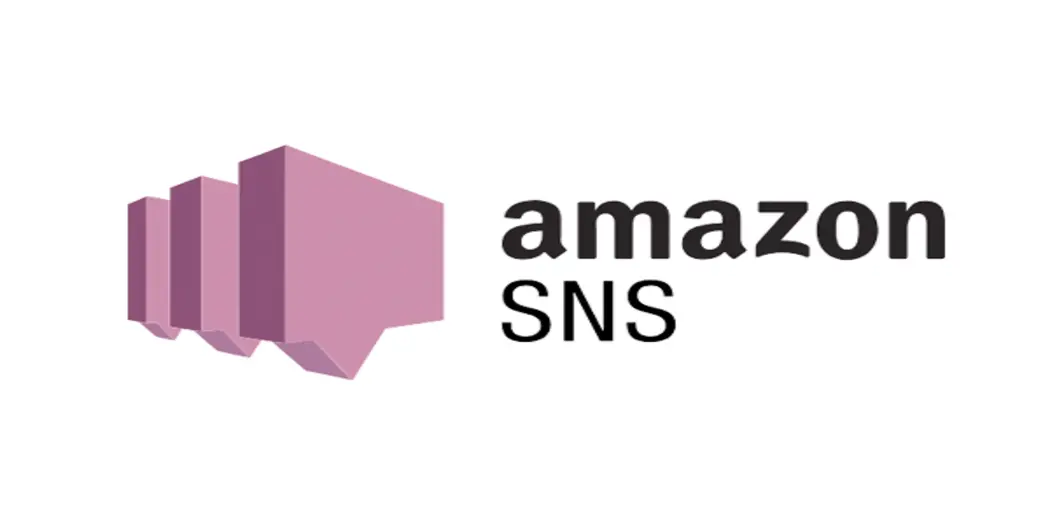
Amazon Lightsail
An easy-to-use cloud platform that offers everything needed to build an application or website, plus a cost-effective, monthly plan. It includes everything you need to launch your project quickly – a virtual machine, SSD-based storage, data transfer, DNS management, and a static IP.

Amazon Inspector
An automated security assessment service that helps improve the security and compliance of applications deployed on AWS. Amazon Inspector automatically assesses applications for exposure, vulnerabilities, and deviations from best practices.

Amazon Auto-scaling
Automatically adjusts capacity to maintain steady, predictable performance at the lowest possible cost. Using Amazon Auto Scaling, it’s easy to set up application scaling for multiple resources across multiple services in minutes.
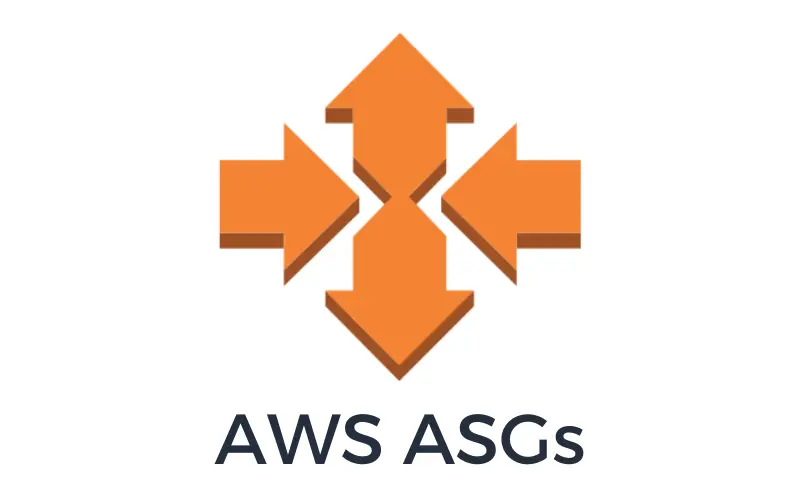
Dynamo DB
A key-value and document database that delivers single-digit millisecond performance at any scale. It’s a fully managed, multi-region, multi-master, durable database with built-in security, backup and restore, and in-memory caching for internet-scale applications.
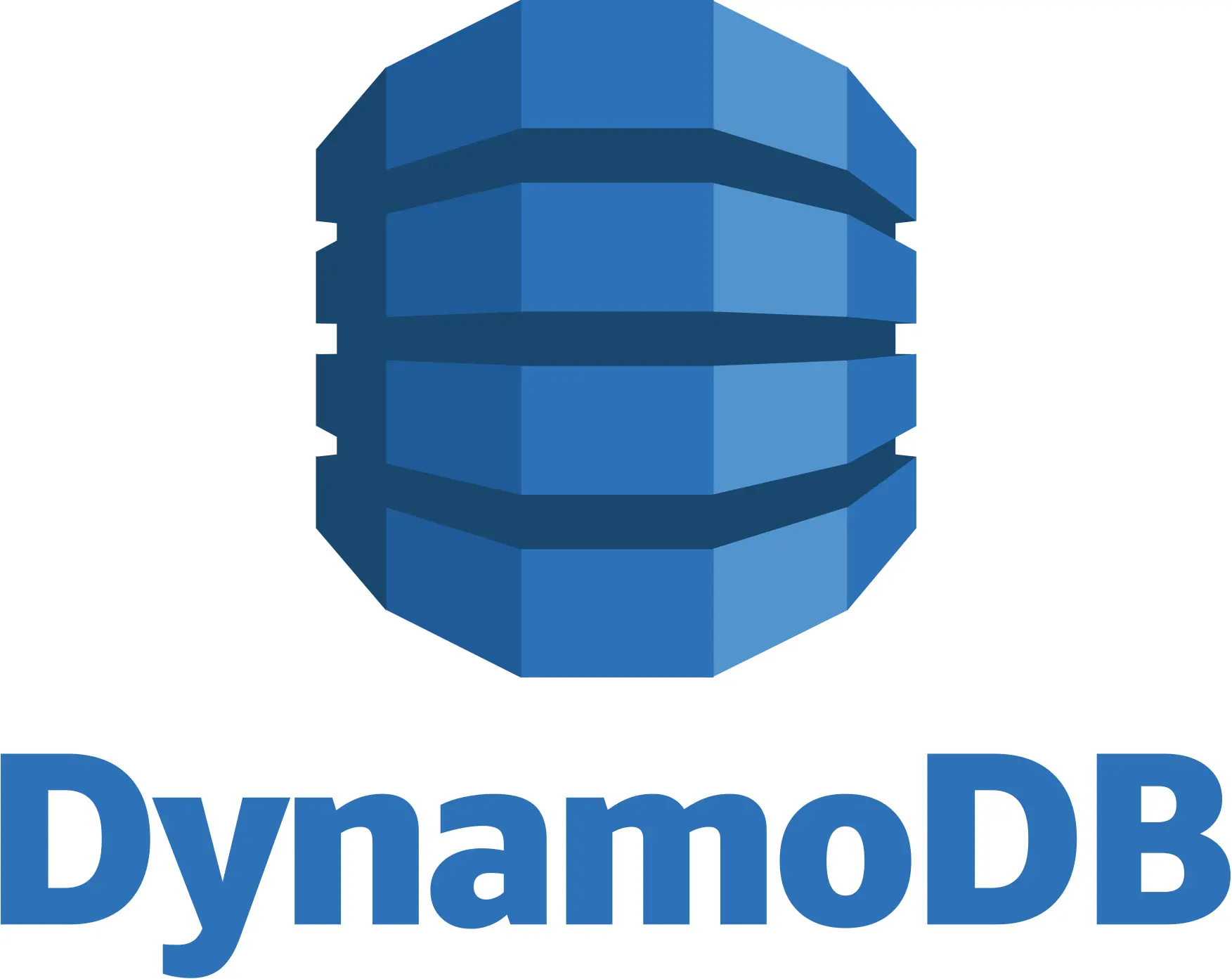
Amazon SQS (Simple Queue Service)
A fully managed message queuing service that enables you to decouple and scale microservices, distributed systems, and serverless applications. SQS eliminates the complexity and overhead associated with managing and operating message-oriented middleware and empowers developers to focus on differentiating work.
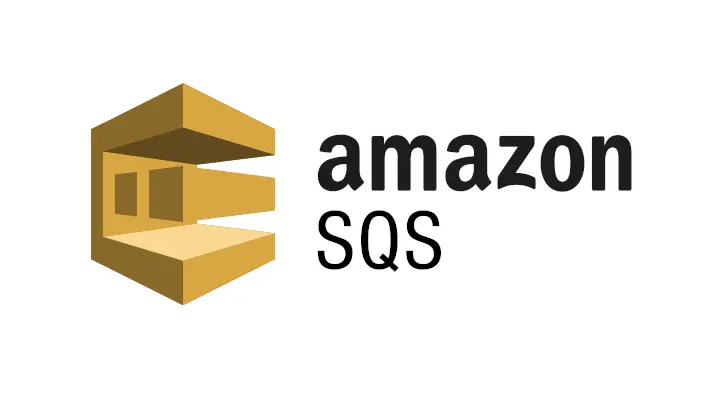
Amazon ElastiCache
Makes it easy to deploy, operate, and scale an in-memory cache in the cloud. The service improves the performance of web applications by allowing you to retrieve information from fast, managed, in-memory caches, instead of relying entirely on slower disk-based databases.
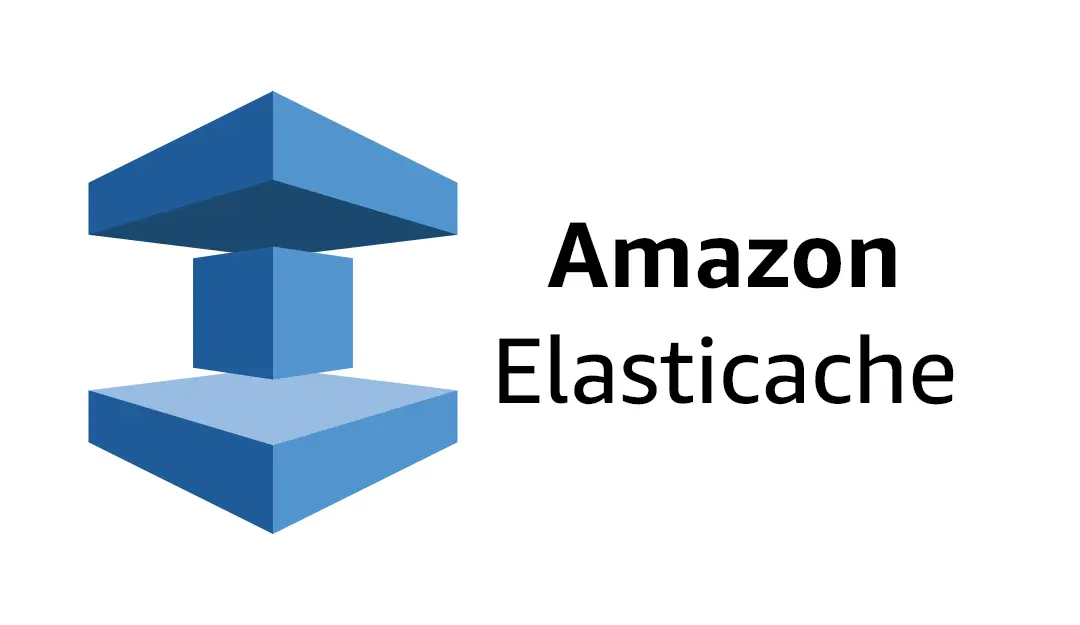
Amazon Chime
A communications service that lets you meet, chat, and place business calls inside and outside your organization, all using a single application. Developers can use the same communications infrastructure and services that power Amazon Chime, and add audio calling, video calling, and screen sharing capabilities directly to their applications using the Amazon Chime SDK.

AWS Athena
An interactive query service that makes it easy to analyze data in Amazon S3 using standard SQL. Athena is serverless, so there is no infrastructure to manage, and you pay only for the queries that you run.
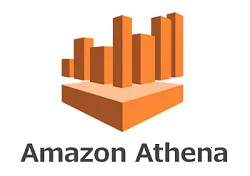
CodeCatalyst
A fully managed source control service that makes it easy for teams to host secure and highly scalable Git repositories. It eliminates the need to operate your own source control system or worry about scaling its infrastructure.
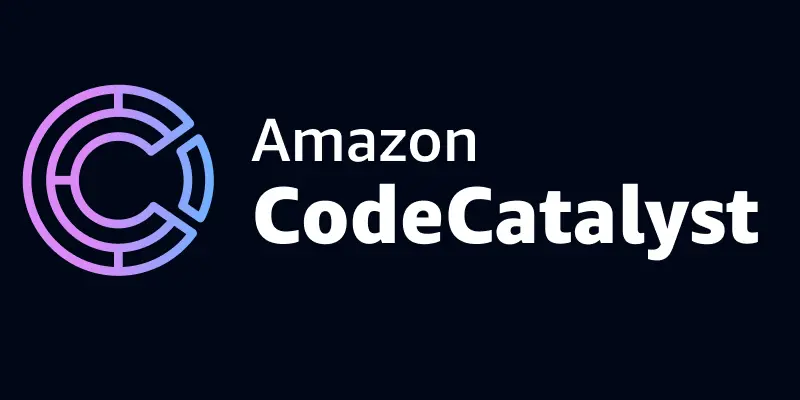
Web Application Firewall
AWS WAF is a web application firewall that helps protect your web applications or APIs against common web exploits that may affect availability, compromise security, or consume excessive resources.

AWS Amplify
A set of tools and services that enables mobile and front-end web developers to build secure, scalable full-stack applications, powered by AWS. With Amplify, you can configure app backends and connect your app in minutes, deploy static web apps in a few clicks, and easily manage app content outside the AWS console.
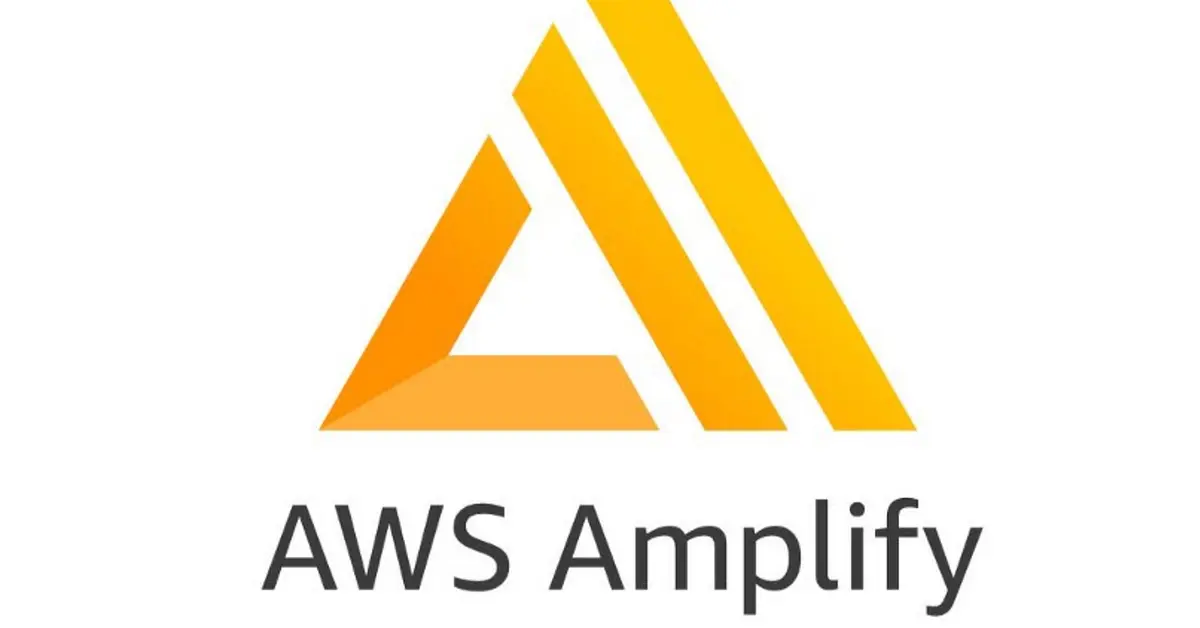
AWS Rekognition
Makes it easy to add image and video analysis to your applications. You just provide an image or video to the Rekognition API, and the service can identify the objects, people, text, scenes, and activities and detect any inappropriate content.
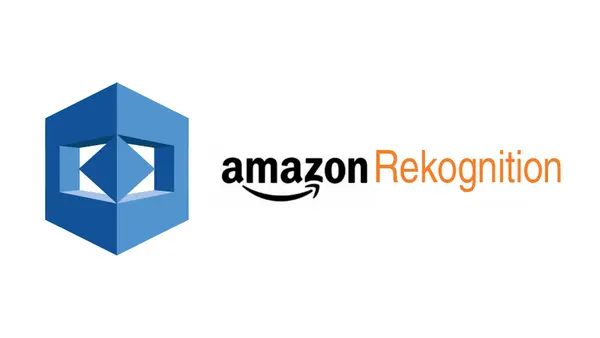
AWS QuickSight
A fast, cloud-powered business intelligence service that makes it easy to deliver insights to everyone in your organization. As a fully managed service, QuickSight lets you easily create and publish interactive dashboards that include ML Insights.

AWS Cloudformation
Gives developers and systems administrators an easy way to create and manage a collection of related AWS resources, provisioning and updating them orderly and predictable.
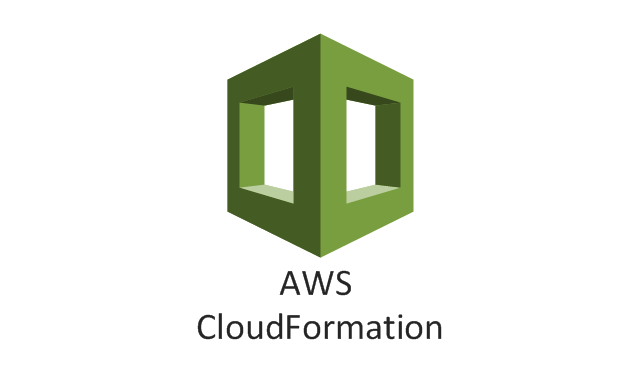
AWS Management Console
The AWS Management Console is a browser-based interface for AWS services. It provides a point-and-click, web-based interface to access and manage AWS resources. You can quickly switch between services to do tasks and create complex workflows in a visually intuitive way.
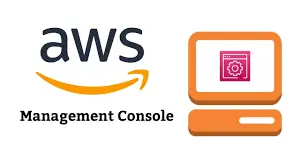
AWS Acquisitions
AWS has made investments in and acquisitions of over 120 entities. Typically, it has not pursued larger, established firms, but rather smaller companies and startups that enhance and augment its existing cloud services.
NICE: NICE is an Italy-based company that provides software solutions for High Performance Computing (HPC) and cloud environments. AWS acquired NICE in 2016 to enhance its technology and products portfolio.
Elemental Technologies: This US-based company provides software-defined video solutions for multiscreen content delivery. AWS acquired Elemental Technologies in 2015 for $296M to improve video processing services for its customers.
AppThwack: AppThwack is a US-based company that offers testing services for mobile app developers. AWS acquired AppThwack in 2015 to enhance its mobile development services.
DataRow: DataRow is a US-based company that provides a web-based Amazon Redshift client. AWS acquired DataRow in 2020 to enhance its database services.
Fig: Fig is a US-based company that provides a visual, collaborative platform for developing and managing cloud infrastructure. AWS acquired Fig in 2023 to enhance its cloud services
These acquisitions have helped AWS expand its services and capabilities in various sectors such as Enterprise Tech, SaaS, and others. The total expenditure on these acquisitions is over $546M.
AWS Customers
AWS is a subsidiary of Amazon providing on-demand cloud computing platforms and APIs to individuals, companies, and governments, on a metered pay-as-you-go basis. It has a diverse customer base that includes companies of all sizes across multiple regions. AWS has over a million active users, which includes a mix of small, mid-size, and enterprise-scale users. Enterprise-scale users make up at least 10% of the total user base. Here are some examples of AWS customers:
The Vanguard Group: This is one of the world’s largest investment management companies. They started migrating to AWS in 2015 and have seen significant benefits since then. The benefits could be in terms of cost savings, improved performance, or scalability.
Pratilipi: This is a platform that connects readers and writers in Indian languages. By migrating to AWS, Pratilipi has been able to increase its pace of code development. This means they can roll out new features and improvements faster.
The Washington Post: They built the Arc Publishing Platform on AWS. This is a software-as-a-service (SaaS) platform that enables any media to take advantage of a scalable, flexible publishing platform. This means they can handle large amounts of traffic and data without worrying about infrastructure.
Go Pro: This is a company that makes action cameras. They reduced their compute footprint by 70% using Amazon ECS (Elastic Container Service), a service provided by AWS. This means they were able to run their applications more efficiently, saving on costs.
Netflix: Netflix uses AWS for nearly all its computing and storage needs, including databases, analytics, recommendation engines, video transcoding, and more. This allows Netflix to quickly deploy thousands of servers and terabytes of storage within minutes.
Twitch: Twitch uses AWS for its video game streaming service. AWS provides the necessary bandwidth and computing power to handle the live-streaming needs of millions of users.
LinkedIn: LinkedIn uses AWS for compute, storage, and more. This allows LinkedIn to scale its services to meet the needs of its hundreds of millions of users.
Facebook: Facebook uses AWS for various services, including compute, storage, database, analytics, mobile, and more. This allows Facebook to handle the massive amount of data it generates and serves each day.
Turner Broadcasting: Turner Broadcasting uses AWS for its media and entertainment needs. AWS provides the necessary compute and storage resources to handle the demands of broadcasting to a global audience.
BBC: The BBC uses AWS for its digital services, including the iPlayer. AWS provides the necessary scalability and reliability to ensure that these services are always available to users.
Baidu: Baidu uses AWS for various services, including search, AI, and more. AWS provides the necessary compute and storage resources to handle the massive amount of data Baidu processes each day.
